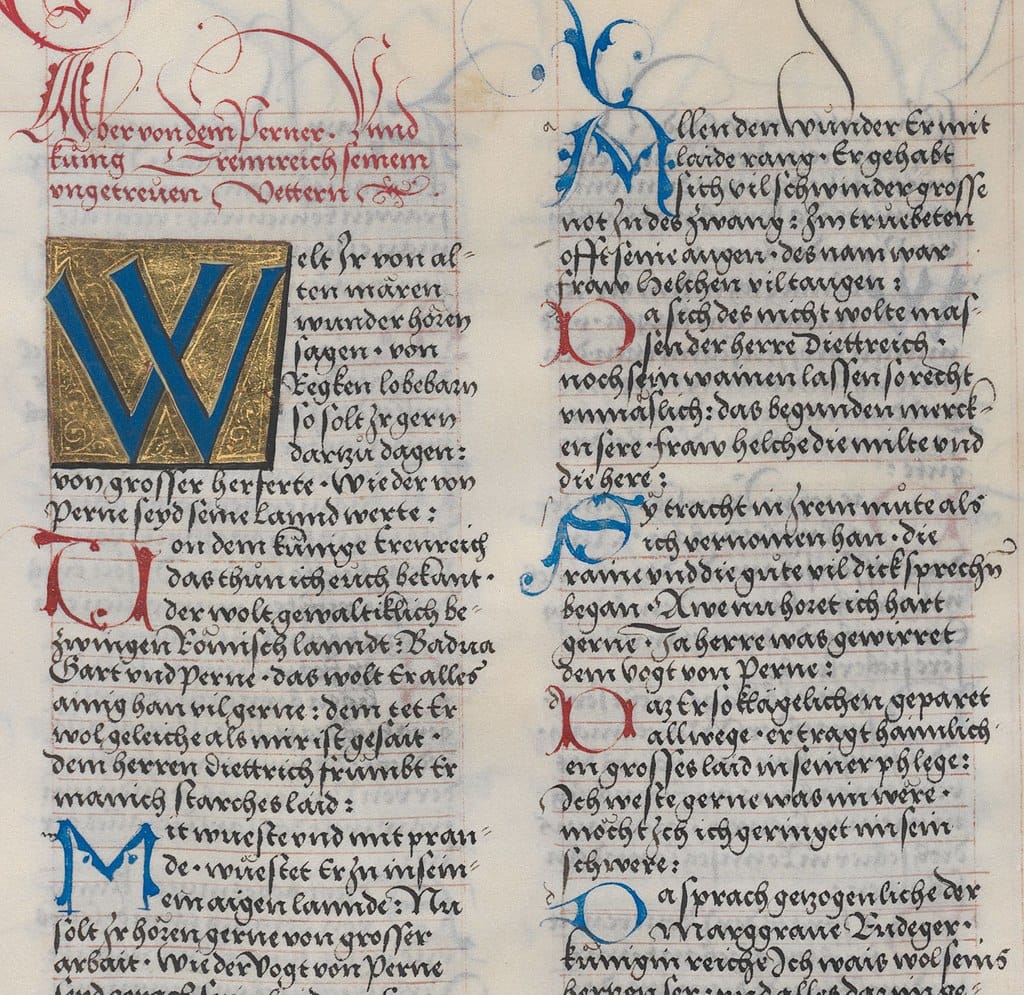Throughout history, different civilizations have used a wide variety of materials and objects as currency, often reflecting their unique cultures and resources. From stones and shells to cocoa beans and metal tools, these currencies went beyond their practical value, symbolizing wealth, power, and status. Many of these ancient forms of money carried significant cultural and economic importance, shaping trade and society in ways still felt today. Exploring these mythical currencies offers a fascinating glimpse into how people once valued and exchanged goods. Here are some of the most legendary currencies ever used in history.
Rai Stones (Yap Island)

The giant limestone discs known as Rai stones were once used as currency on Yap Island in Micronesia. These stones, some as large as 12 feet in diameter, were too heavy to move, yet their ownership could be transferred. The value was often determined by the stone’s size, craftsmanship, and the effort required to transport it to the island. Remarkably, the stones didn’t need to change physical locations during transactions—ownership alone sufficed. This unique currency system fostered a strong sense of community and trust among the Yapese people.
Cowry Shells (Africa and Asia)
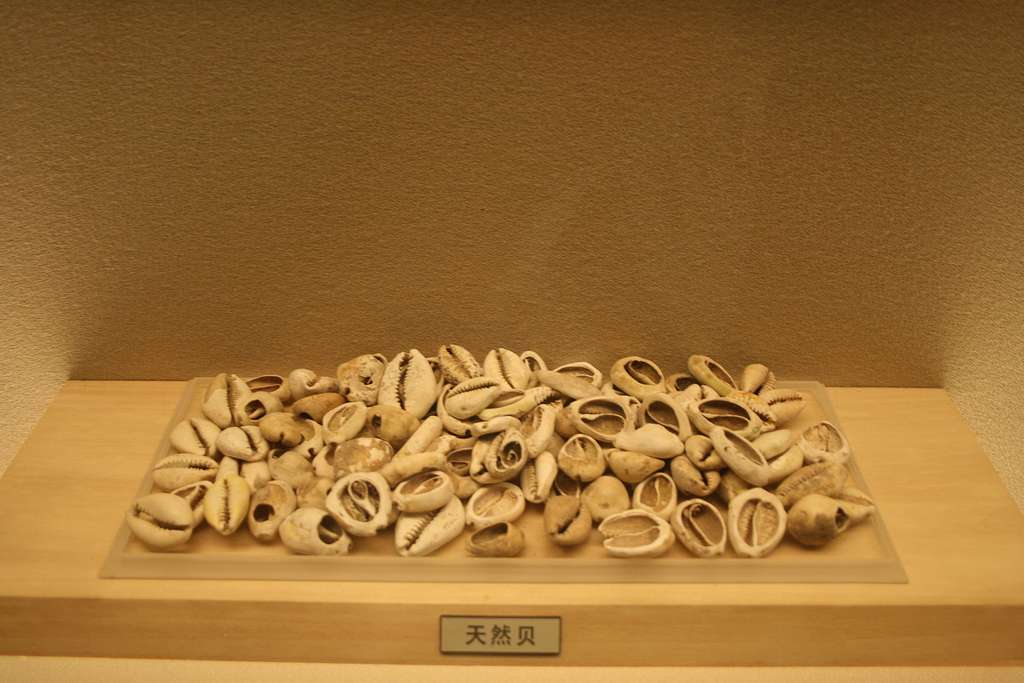
Cowry shells, small sea mollusk shells, were widely used as a form of currency in Africa, Asia, and even parts of the Pacific Islands. Their bright, smooth appearance made them desirable for trade, and they became a symbol of wealth and power. In China, cowries were even imitated in bronze, showcasing their value as currency. For centuries, these shells facilitated trade between distant regions. Though simple in nature, they played a significant role in global economic history.
Gold Staters (Ancient Greece)

In Ancient Greece, the gold stater was a high-value coin used in trade and commerce. These coins often bore the image of gods or heroes, adding a mythical allure to their economic purpose. The stater was one of the earliest known examples of gold currency, circulating widely across the Mediterranean. Its blend of divine imagery and tangible wealth made it a revered medium of exchange. Collectors today still seek out these ancient coins for their historical and artistic significance.
Electrum Coins (Lydia)
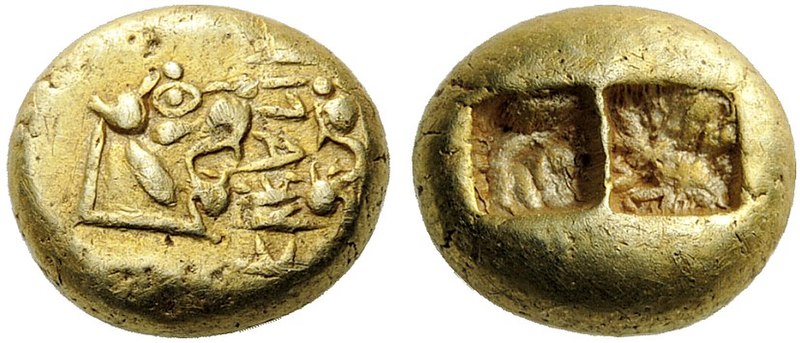
The first coins in history were made from electrum, a natural alloy of gold and silver, used in the ancient kingdom of Lydia. Introduced by King Croesus, these coins revolutionized commerce by standardizing values in a time of barter-based trade. The electrum coins often featured lions or other mythological creatures, giving them an almost magical quality. Their shimmering, mixed-metal composition made them visually striking. Lydia’s innovative use of electrum set the stage for modern monetary systems.
Leather Money (China)
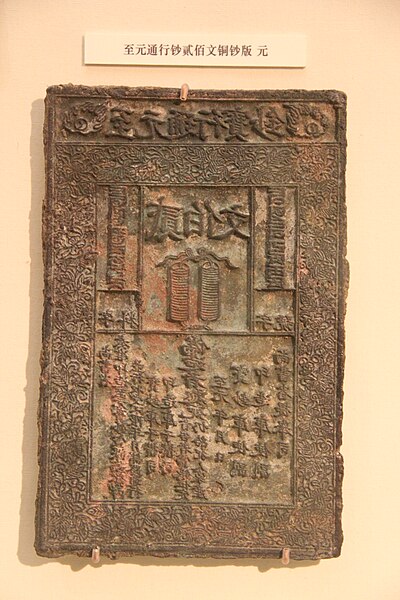
In Ancient China, leather was once used as a form of currency, particularly during the Han Dynasty. Made from the skins of deers or other animals, this early form of paper money was lightweight and portable. Each piece was stamped with official seals, ensuring its authenticity and value in trade. While leather money eventually gave way to more durable forms of currency, it symbolized an important step in the evolution of economic systems. This rare form of exchange highlights China’s long history of innovation in commerce.
Beaver Pelts (North America)
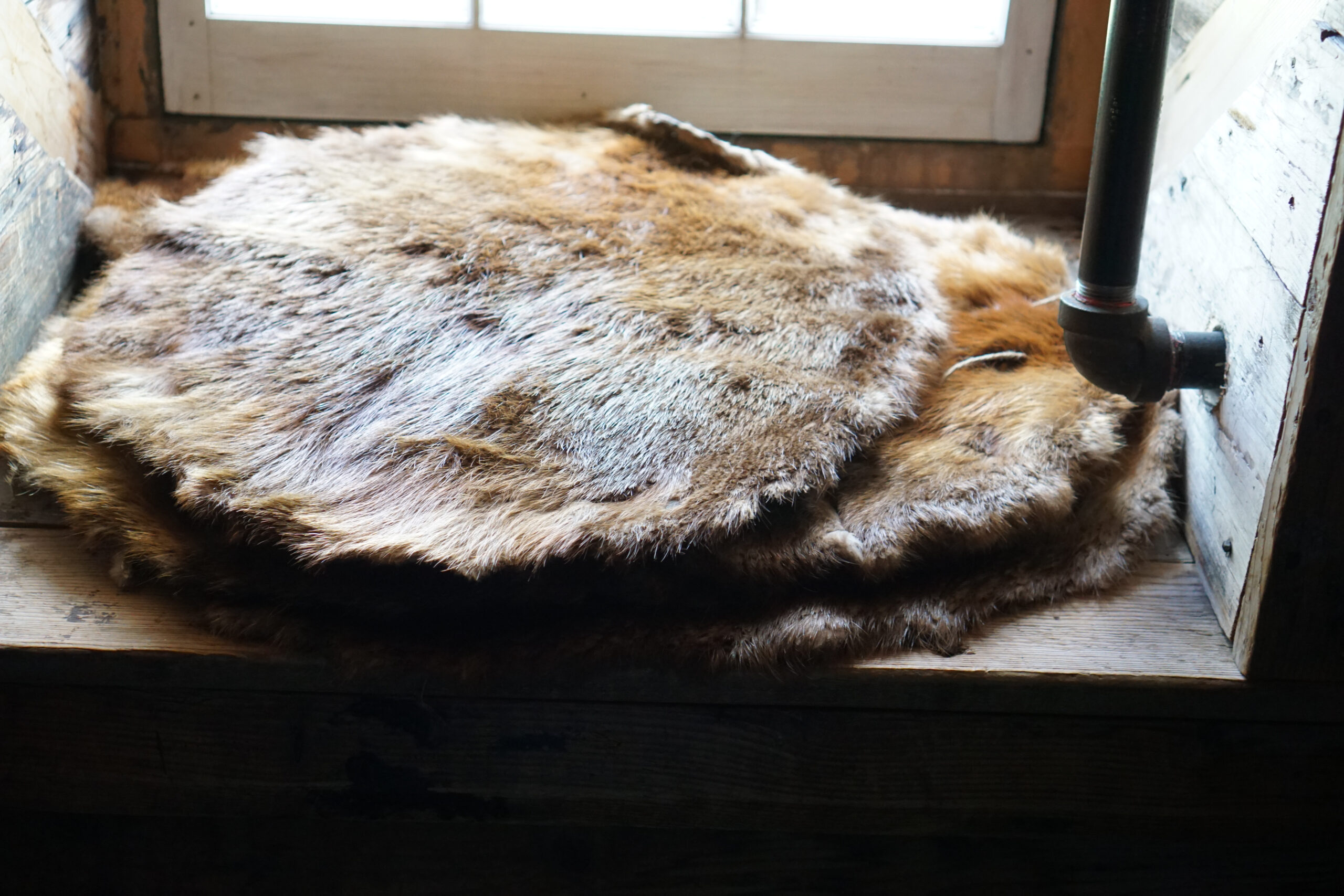
In the fur trade era of North America, beaver pelts were used as currency among European settlers and indigenous peoples. The high demand for fur in Europe turned beavers into an economic commodity, with pelts acting as a medium of exchange for goods and services. These pelts were durable and held intrinsic value due to their utility in making warm clothing. The use of beaver pelts also helped establish early trade routes across the continent. This unusual currency underscores the importance of natural resources in shaping economic history.
Tally Sticks (Medieval England)
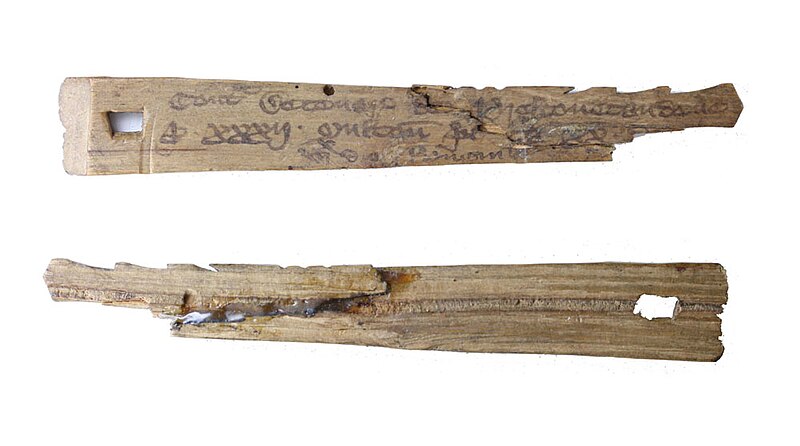
Tally sticks were used in medieval England as a form of record-keeping and currency. Made from pieces of wood, the sticks were notched to represent a certain value and then split in half—the debtor kept one half, and the creditor the other. When the debt was repaid, the two halves were reunited to ensure authenticity. This ingenious system reduced fraud and ensured the integrity of transactions. Though seemingly primitive, tally sticks were widely accepted and functional for centuries.
Fei Stones (Palau)
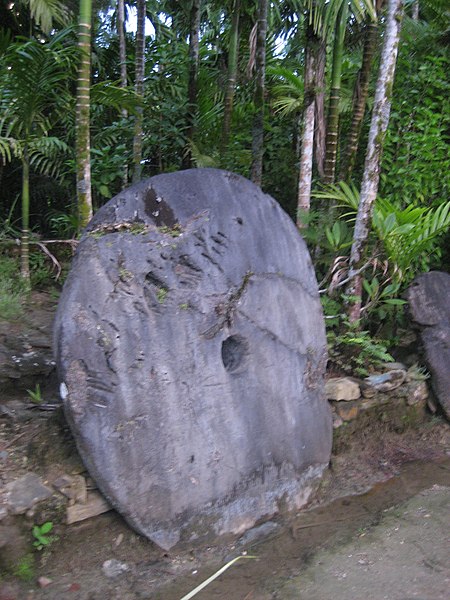
Similar to Yap’s Rai stones, the people of Palau used fei stones, large, carved discs made of calcite, as a form of currency. These stones were labor-intensive to create, often involving long voyages to distant islands to obtain the right material. Their value was tied not only to their size but also to the effort involved in their production and transportation. Ownership of a fei stone was highly symbolic, representing wealth and social status. The stones were often passed down through generations, retaining both economic and cultural significance.
Glass Beads (West Africa)

Glass beads were a popular currency in West Africa, especially during the height of the trans-Saharan trade routes. The production of these beads was labor-intensive, and their vibrant colors and intricate patterns made them highly coveted. Different bead designs could signify varying levels of wealth, and they were often used in bartering for gold, ivory, and slaves. As trade increased, the value of these beads expanded far beyond their initial cultural significance. Even today, some African communities regard these ancient beads as symbols of wealth and heritage.
Grain Currency (Ancient Egypt)
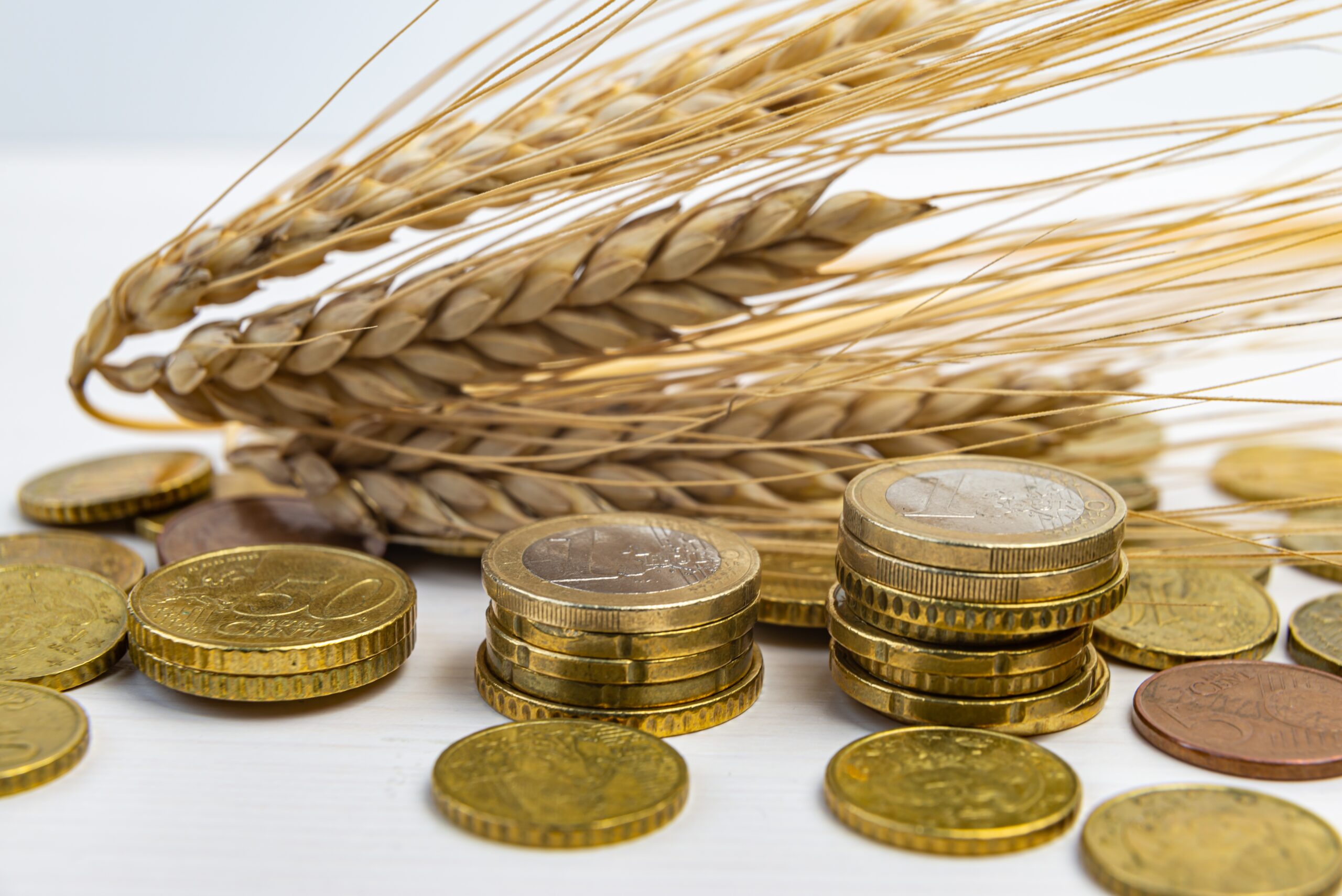
In Ancient Egypt, grain served as one of the earliest forms of currency. With agriculture at the heart of Egyptian life, the value of grain was universally recognized, making it a reliable medium for trade and payment. It could be stored for long periods and was essential for sustaining life, which added to its intrinsic worth. Pharaohs would even pay laborers, like those building the pyramids, in grain, further cementing its role as currency. This system showcased how a society’s economy could be directly tied to its agricultural success.
Katanga Cross (Central Africa)

The Katanga cross, a large, X-shaped piece of copper, was used as currency in Central Africa for centuries. These crosses were valuable due to the copper’s usefulness in making tools and ornaments, giving them practical and economic worth. Each cross was substantial in weight and size, representing wealth and status within the community. They were often traded for livestock, food, or other goods. The Katanga cross remains an iconic symbol of African history and trade.
Knife Money (Ancient China)
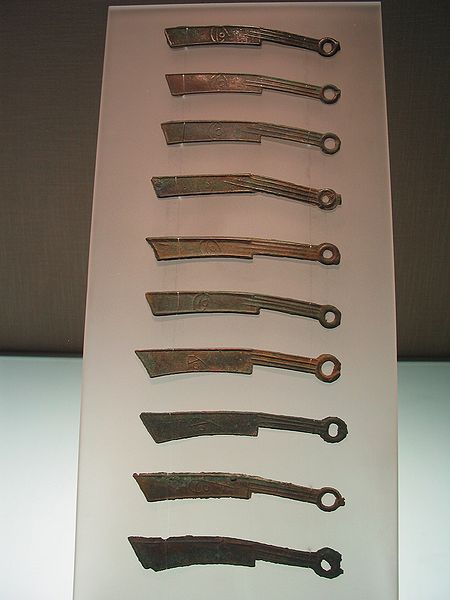
In the Zhou Dynasty, bronze knives were used as currency, commonly referred to as “knife money.” These knives were often inscribed with characters denoting their region of origin or the ruler’s name, adding to their significance. Despite their sharp edges, these objects were primarily used for commerce rather than practical purposes. The evolution from knife money to coinage marked a significant shift in Chinese economic practices. Today, they are rare artifacts cherished by collectors of ancient currencies.
Cocoa Beans (Mesoamerica)
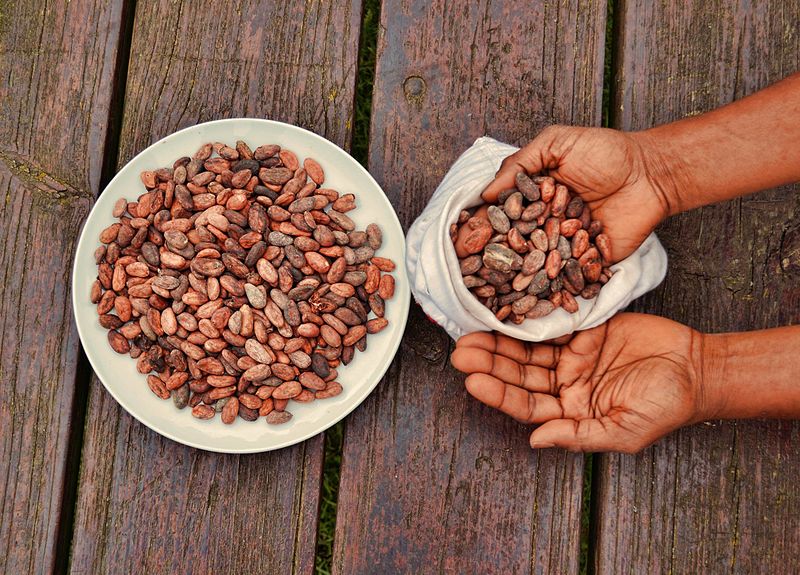
In ancient Mesoamerican civilizations, such as the Maya and Aztec, cocoa beans were widely used as a form of currency. The beans were highly prized for their use in making chocolate, which was considered a luxury. Marketplaces across Mesoamerica accepted cocoa beans in exchange for goods, from food to textiles. They were also taxed by rulers, adding to their value as an economic staple. The dual role of cocoa as both currency and food made it a central part of these ancient economies.
This article originally appeared on Rarest.org.
More From Rarest.Org
Aquatic plants are remarkable for their ability to thrive in environments where few others can. These plants not only add beauty to underwater landscapes but also play vital roles in maintaining the balance and health of aquatic ecosystems. Read more.
Calligraphy, the art of beautiful writing, has a rich history spanning centuries and cultures. While many people are familiar with popular styles like modern script and Gothic lettering, there are countless other calligraphy styles that have faded into obscurity over time. Read more.
When it comes to celebrating in style, few beverages match the prestige and elegance of champagne. Connoisseurs around the world are drawn to the exclusivity, craftsmanship, and unique flavor profiles that define the most coveted champagne brands. Read more.


